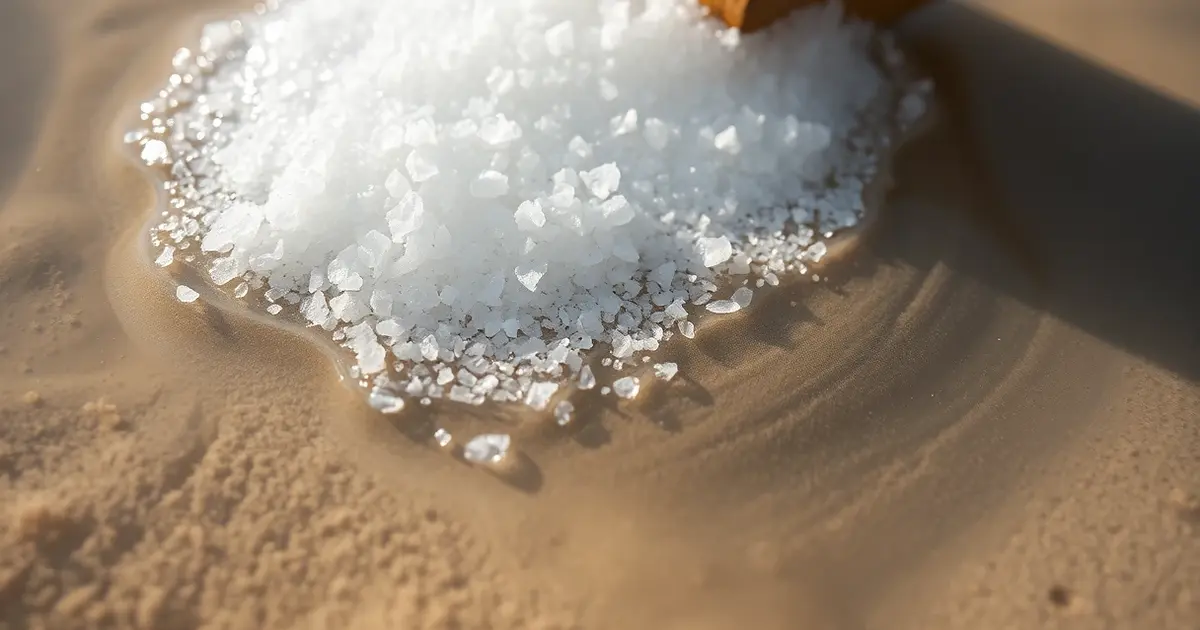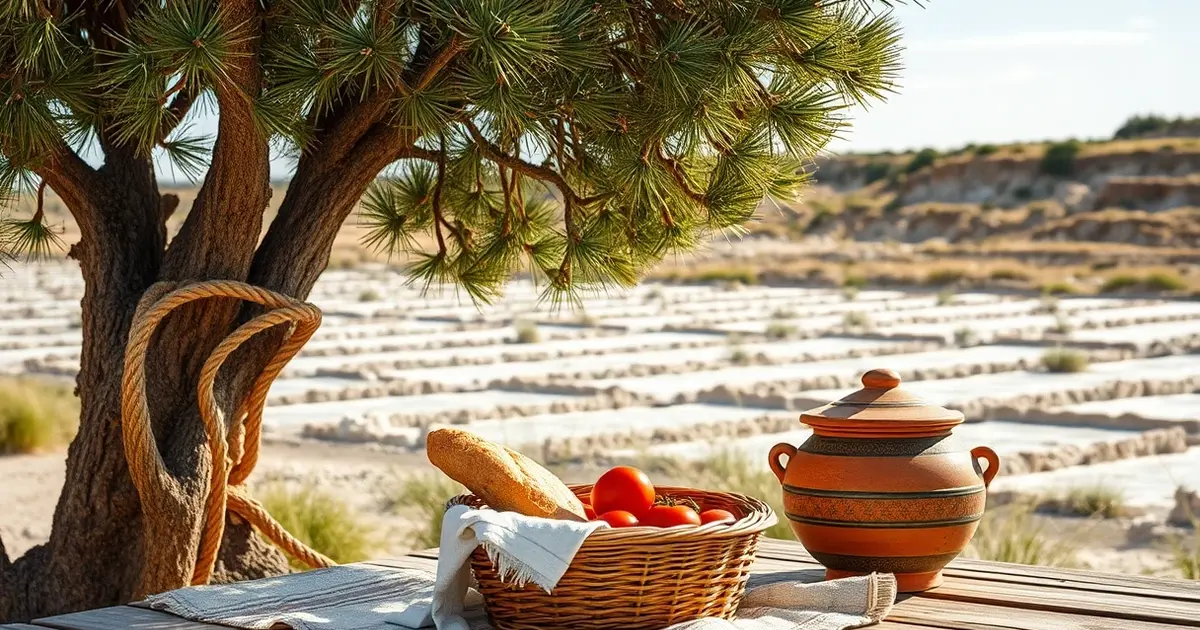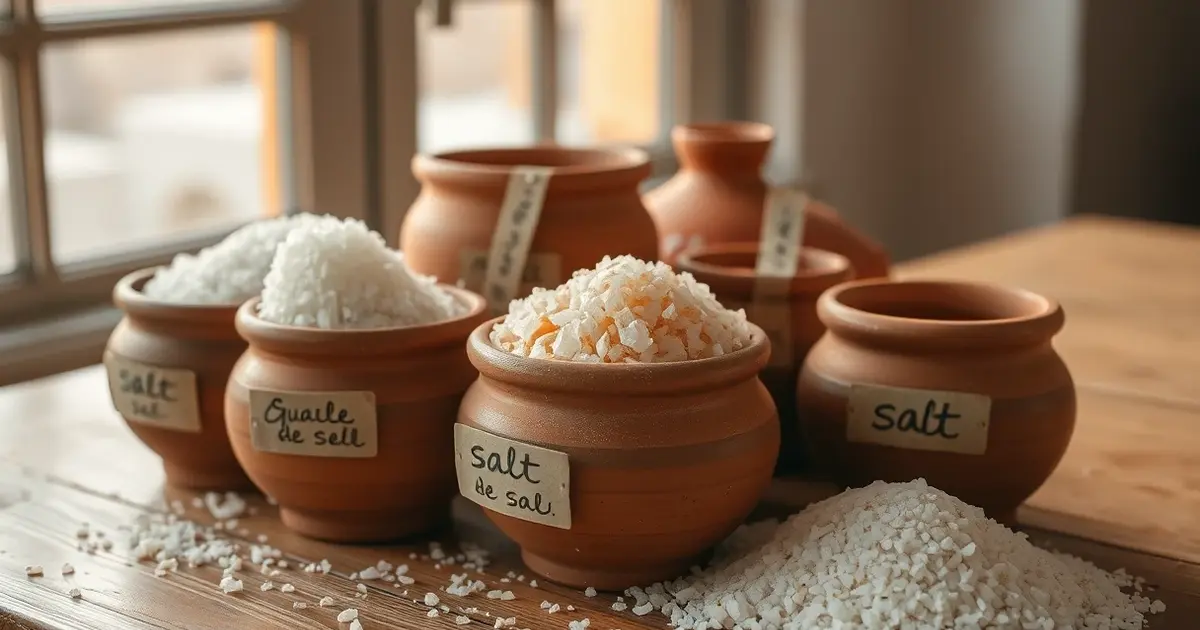The sun rises over the salt marshes of Guérande. Light transforms the basins into silver mirrors. I’m about to share the daily life of Mathieu, a “paludier” – the local term for salt artisans.
The Encounter: Beyond Appearances

“You were expecting an old man with a cap, weren’t you?” Mathieu laughs. At 34, with a well-groomed beard and bright eyes, he embodies the new generation reinventing traditional crafts. An engineer by training, he left everything behind to take over his family’s salt marshes.
“Salt is in my blood,” he explains. “I worked in an office in Nantes… and one day, I realized my place was here, feet in the clay and head in the sun.”
We take a winding road between the marshes. “Welcome to France’s largest salt marsh,” announces Mathieu. “Over 2,000 hectares, nearly 800 ‘œillets’ – that’s what we call the basins where salt crystallizes.”
The Apprenticeship: The Millennial Science of Salt

At dawn, we’re on the salt flats. Mathieu has lent me boots and a straw hat. He hands me a long wooden rake with a flexible handle, called a “las.”
Salt harvesting is a delicate art unchanged since the 9th century. Seawater circulates from basin to basin, evaporating under the sun’s action. When it reaches the œillets, crystals form on the surface.
“Look carefully,” Mathieu instructs me. “See that thin film that sparkles? That’s fleur de sel.” With a precise gesture, he skims the surface with his las, collecting these crystals without disturbing the clay bottom.
My first attempts are clumsy. “The secret is to listen to the water,” he whispers. “The salt speaks to you; you just need to learn its language.”
The Rhythm of the Marshes: Another Temporality

Hours flow differently here. It’s not the clock that dictates the rhythm, but nature. We work when the light is favorable, rest when the sun is at its zenith.
At noon, we share a picnic in the shade of a tamarisk: bread, sardines, tomatoes, and fresh fleur de sel.
“People think our job is just harvesting,” explains Mathieu. “But that’s barely a third of the work. The rest of the year, we maintain the basins, repair the dikes.”
In the afternoon, we join Lucie, his partner, who packages the harvest in terracotta pots.
“Each pot tells a story,” she explains. “The date, the origin, the weather conditions… It’s like a wine vintage.”
The Guardians of an Ecosystem

On the third day, we observe the marshes at dawn. “The salt flats are much more than a production site,” whispers Mathieu. “It’s a human-created nature reserve.”
In the pearly light, the spectacle is striking. Avocets patrol the shallow basins. Egrets stand motionless. A heron takes flight majestically.
“Without the paludiers, this entire ecosystem would disappear,” continues Mathieu. “The basins would dry up, birds would lose their habitat.”
Later, we meet Pierre, a retired paludier. His weathered face tells a lifetime of labor.
“In my day, there were over 500 paludiers,” he recalls. “Today, how many are you?”
“Exactly one hundred thirty-seven,” specifies Mathieu. “But it’s rising. Young people are coming back.”
The Contemporary Challenges of an Ancestral Craft
Mathieu takes me to a cooperative meeting. The topic: facing industrial competition and climate change.
“We must adapt without losing our soul,” summarizes Mathieu. “Modernize certain aspects while preserving the essential: our connection with nature.”
I’m struck by these artisans’ lucidity. Far from clichés about a profession frozen in time, they embody a collective intelligence, rooted in tradition but forward-looking.
The Legacy: What I Take With Me

For my last evening, Mathieu and Lucie invite me to their home. “What do you take away from your experience?” Lucie asks.
“I’ve understood what being an artisan truly means,” I reply. “It’s not just producing with your hands. It’s maintaining a relationship with the material, the place, history.”
Mathieu smiles. “Many come here, take photos, and leave without understanding anything. You took the time.”
As I leave, I understand that the true luxury of travel lies in these authentic connections with a place and its inhabitants.
For another perspective on sustainable accommodations that honor traditional craftsmanship, discover the treehouse ecolodge in Dordogne where ecological principles and local materials create a harmonious retreat in nature.
Address Book:
- “Le Sel de Guérande” Cooperative: guided tours and direct purchases.
- Maison des Paludiers: museum on the history of salt cultivation.
